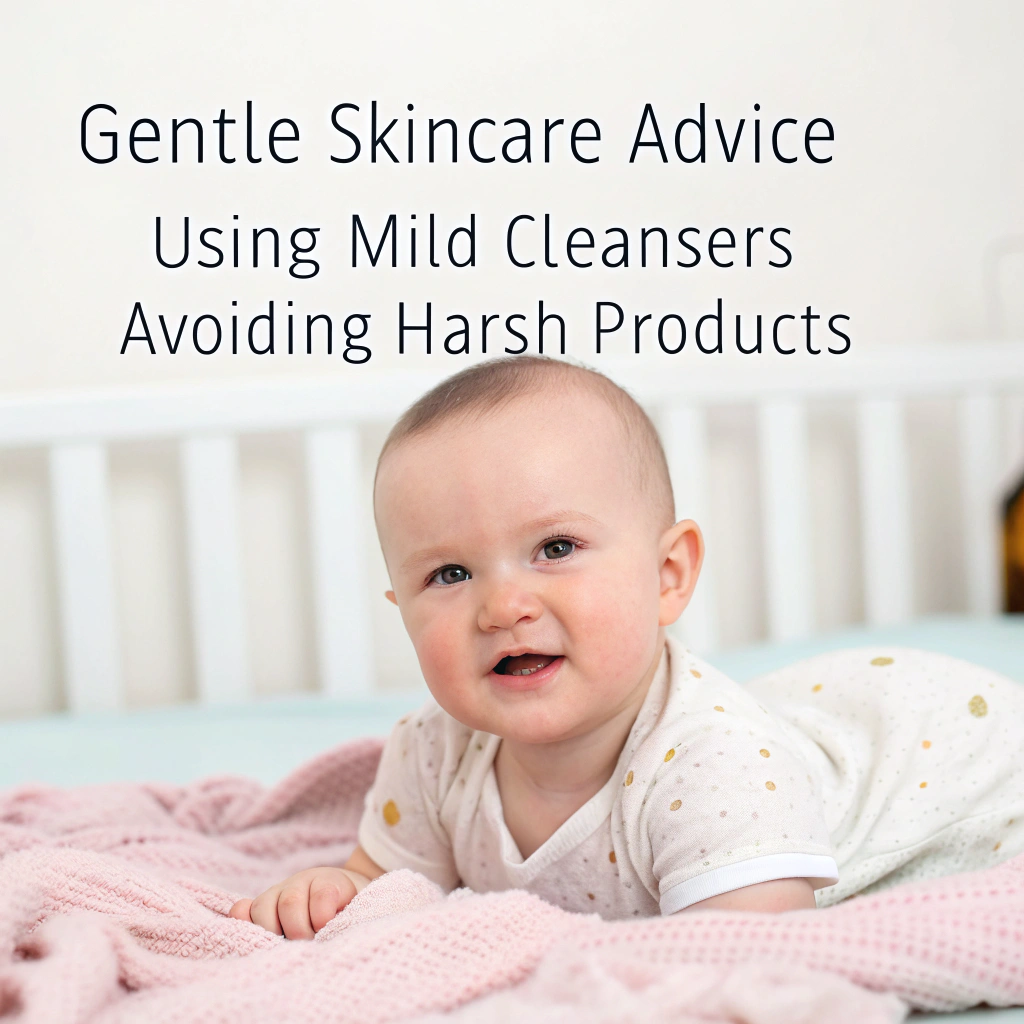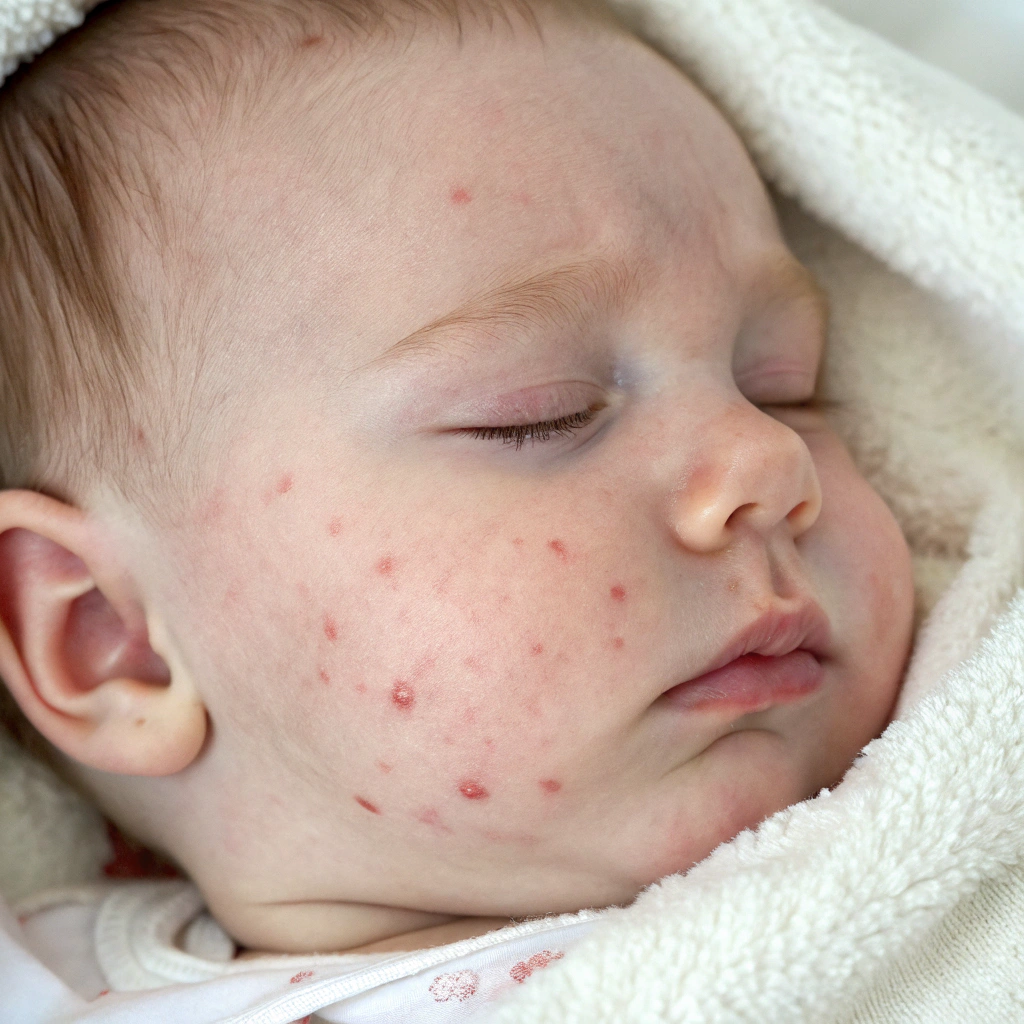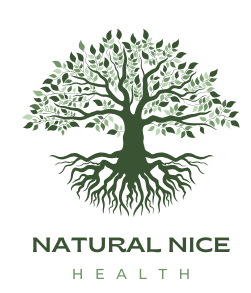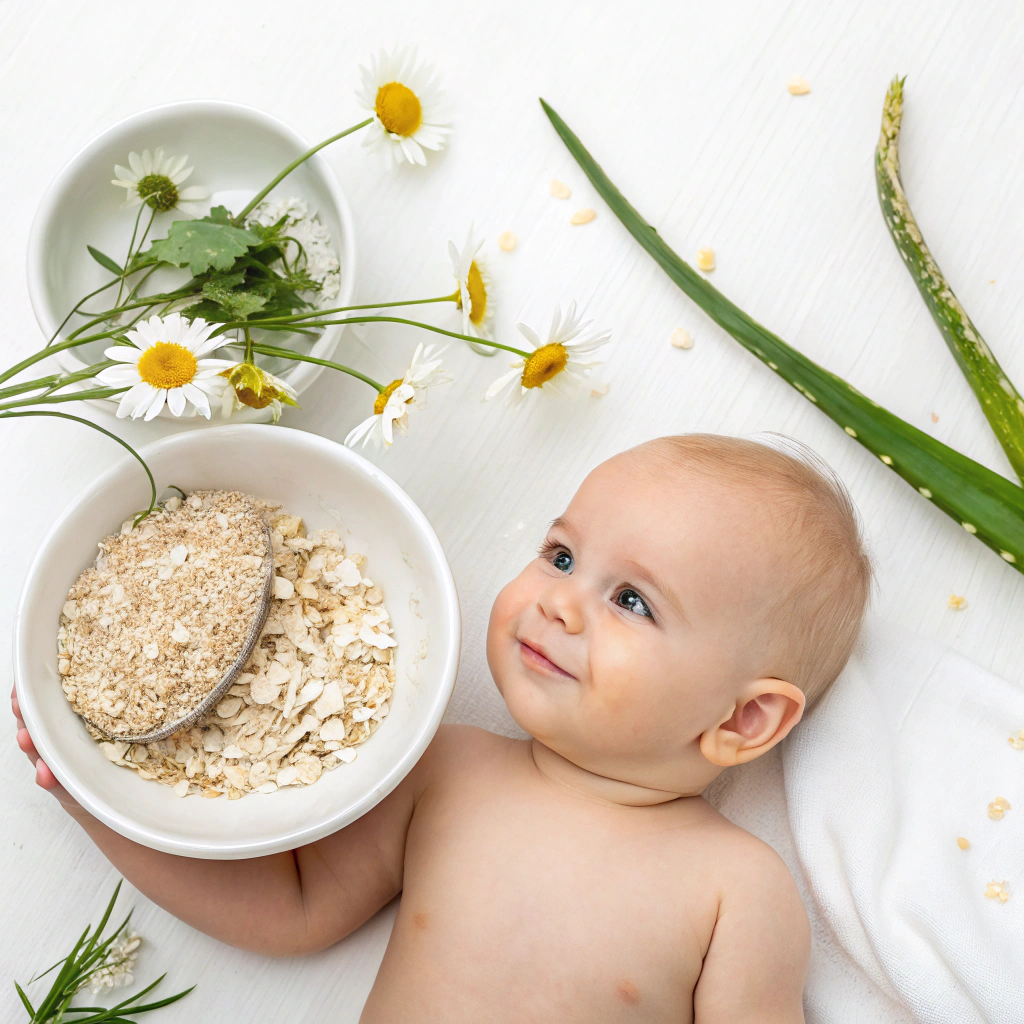Baby Acne: 5 Tips to Soothe Your Little One’s Skin
Baby Acne: 5 Tips to Soothe Your Little One’s Skin
Introduction
Is your newborn’s delicate complexion dotted with tiny red bumps? You’re not alone. Baby acne affects up to 20% of infants in their first few weeks, causing concern for many parents seeking gentle solutions. In this guide, you’ll learn 5 natural, effective strategies to calm your little one’s skin—backed by research, easy to follow, and tailored for mindful self-care. By the end, you’ll feel confident in addressing baby acne and supporting your child’s holistic well-being.
💧 My Experience with Baby Acne: Gentle Remedies That Worked
I still remember when my baby started showing signs of baby acne—tiny red spots scattered across her cheeks. As a new mom, I wanted to avoid anything harsh, so I searched for natural baby acne remedies that were safe and effective. The most soothing solution turned out to be simple: a few drops of breast milk gently applied to her skin each day. I also avoided over-washing and stuck to gentle skincare for infants, using only warm water and a soft cloth. Within a few days, her skin looked calmer and smoother. These small changes truly helped soothe baby acne, and now I always share these baby skincare tips with other moms looking for natural solutions.
Table of Contents

The Bigger Picture
In our increasingly chemical-laden world, parents crave non-toxic, soothing methods for infant skin care. Baby acne—also called neonatal acne—emerges when maternal hormones trigger oil gland activity in newborns. Though typically harmless, it can look distressing:
• A 2018 pediatric dermatology review found that up to 30% of newborns show acneiform eruptions.
• Modern laundry detergents and fragranced lotions can exacerbate sensitivity.
• Emotional stress in caregivers influences choices: a calm, informed parent is more likely to choose gentle, green living solutions.
Addressing baby acne naturally matters not only for skin health but also for building trust in holistic self-care practices. Early experiences shape lifelong attitudes toward clean living, emotional balance, and mindful parenting.
Tip 1: Gentle Cleansing Routine for Baby Acne
Keeping baby’s face clean is the first line of defense against clogged pores and irritation.
Why Gentle Cleansing Matters
• Prevents buildup of milk residue, sweat, and oils that contribute to baby acne.
• Maintains skin’s pH and natural microbiome—key to barrier function.
How to Choose the Right Cleanser
Look for:
- pH-balanced, fragrance-free baby wash
- Natural ingredients like aloe vera, chamomile, or calendula
- Hypoallergenic certification

Step-by-Step Cleansing Guide
- Warm a bowl of lukewarm water and add a dime-sized drop of cleanser.
- Use a soft washcloth to gently wipe baby’s cheeks, chin, and forehead.
- Pat dry with an organic cotton towel—avoid rubbing.
- Apply a thin layer of natural moisturizer (see Tools section).
By adopting this gentle cleansing routine, you reduce friction and support healing for newborn blemishes.
Tip 2: Soothing Natural Remedies
Nature offers potent, safe remedies to calm inflamed skin.
This coconut-free balm is crafted to address various infant skin issues:Amazon+2Amazon+2Amazon+2
- Baby Acne: The salve’s soothing properties help reduce inflammation and redness associated with baby acne.
- Diaper Rash: Its moisturizing ingredients provide relief from diaper rash discomfort.
- Eczema and Cradle Cap: The salve aids in alleviating dryness and flakiness linked to eczema and cradle cap.
- Infant Massage: Its smooth texture makes it suitable for gentle infant massages, promoting relaxation and skin hydration.AmazonAmazon
Formulated with organic calendula, licorice root, and cold-pressed castor oil, this salve is EWG Verified, ensuring it meets strict standards for health and environmental safety. It’s free from parabens, synthetic fragrances, and other harsh chemicals, making it a safe choice for your baby’s sensitive skin.Amazon+2Amazon+2Amazon+2
👶 Real Parent Experiences
Parents have shared positive feedback about the salve’s effectiveness:Amazon
“I bought this before I had my baby 3 months ago and I’ve used it for my daughter’s cradle cap, diaper rash, and dry skin so far, and it’s worked every time.” Amazon
“We use it for everything from diaper rash, cradle cap, baby acne, and scratches! I highly highly highly recommend this product!” Amazon
Calendula and Chamomile Compresses
- Steep 1 teaspoon of dried flowers in hot water for 10 minutes.
- Cool, strain, and soak a cotton pad.
- Gently press over affected areas for 5 minutes, twice daily.
Coconut Oil and Breast Milk
- Coconut oil: Rich in lauric acid, it fights bacteria and hydrates.
- Breast milk: Contains antibodies and growth factors.
Apply a pea-sized amount of warm breast milk or organic coconut oil, letting it absorb fully.
Homemade DIY Ointments
Combine:
- 1 tablespoon of shea butter
- 1 teaspoon of calendula oil
- 2 drops of vitamin E oil
Melt, mix, cool, and store in a glass jar. Use sparingly.
These plant-based treatments support skin regeneration without harsh chemicals, helping baby acne clear faster.
Tip 3: Fabrics and Clothing Choices
What your baby wears directly impacts skin comfort and acne prevention.
Breathable, Organic Fabrics
• Choose 100% organic cotton or bamboo blends.
• Avoid synthetics like polyester which trap heat and moisture.
• Look for OEKO-Tex certification to ensure no harmful dyes.
Washing and Care Techniques
• Use a gentle, fragrance-free laundry detergent or a natural bar soap.
• Skip fabric softeners and dryer sheets—they leave residues.
• Wash new clothes before wearing to remove manufacturing chemicals.
By dressing your infant in soft, breathable garments, you minimize friction and environmental triggers for baby acne.
Tip 4: Diet, Hydration, and Maternal Nutrition
Nutrition plays a subtle but important role in infant skin health.
Breastfeeding Moms: Foods to Support Healthy Skin
Incorporate:
- Omega-3 sources (flaxseed, walnuts, salmon)
- Antioxidant-rich berries and greens
- Probiotic foods (yogurt, kefir) to balance gut flora
Hydration Tips for Little Ones
- For exclusively breastfed babies, extra water isn’t needed in the first six months.
- Once solids begin, offer small sips of filtered water in a sippy cup.
Introducing Solids Safely
- Start with single-ingredient purees (banana, avocado).
- Watch for allergic reactions or new skin irritations.
- Keep a food diary to link diet to any acne flare-ups.
A well-nourished baby and mindful maternal diet can support clear skin and reduce baby acne over time.
Tip 5: Environmental and Lifestyle Adjustments
Small changes at home can make a big difference.
Humidity and Temperature Control
• Use a cool-mist humidifier to maintain 40–60% humidity.
• Keep nursery temperature between 68–72°F (20–22°C).
• Avoid overheating—overbundling can trigger sweat-induced irritation.
Avoiding Irritants and Allergens
• Steer clear of scented candles, harsh cleaning sprays, and pet dander.
• Opt for natural, non-toxic household cleaners (vinegar, baking soda).
Mindful Self-Care and Stress Reduction for Parents
- Practice deep breathing or a 5-minute meditation daily.
- Remember: parental calm can translate to baby’s comfort.
- Connect with a support group or online community (e.g., NaturalNiceHealth.com’s parenting forum) for encouragement.
Creating a soothing environment ensures baby acne doesn’t thrive on external stressors.
Common Mistakes or Misconceptions
Using adult acne products.
• Why it’s harmful: harsh chemicals and salicylic acid can damage thin infant skin.
• Better alternative: opt for pediatrician-approved, fragrance-free cleansers.Over-washing the face.
• Why it backfires: strips natural oils, leading to rebound oiliness.
• Improved approach: cleanse once daily, plus after feedings if needed.Ignoring clothing tags and detergent labels.
• Why it matters: hidden dyes and fragrances can trigger breakouts.
• Solution: patch-test new fabrics and use hypoallergenic detergents.Expecting instant results.
• Reality check: baby acne usually resolves by 3–4 months.
• Patience + consistency = clearer skin.
Advanced Tips, Techniques, or Practices
• Consult a board-certified pediatric dermatologist for persistent cases.
• Explore gentle LED light therapy designed for infants (under professional guidance).
• Integrate baby massage with calming essential oils (lavender diluted 1% in carrier oil).
• Track progress with weekly photos and notes on diet, environment, and products.
Tools, Resources, or Product Suggestions
• Organic Cotton Muslin Washcloths – ultra-soft, breathable (link to our Natural Baby Essentials guide).
• Hypoallergenic Baby Wash – fragrance-free, pH-balanced formula.
• Cool-Mist Humidifier – quiet operation, auto-shutoff.
• Calendula-Infused Oil – pre-made or DIY (see Homemade Baby Salves).
• Baby Skincare Journal App – track flare-ups and environmental factors.
Each tool supports a targeted approach to baby acne, ensuring you have both preventive and soothing options.
Long-Term Benefits and Lifestyle Integration
Adopting these natural strategies now can foster:
• Physical benefits: stronger skin barrier, fewer irritations.
• Emotional benefits: reduced parental anxiety, deeper parent-baby bonding.
• Environmental gains: fewer toxins in your home, sustainable living habits.
• Mental wellness: confidence in your ability to nurture and protect.
Over time, these practices become second nature—benefiting future siblings and reinforcing a holistic family lifestyle.
Personalized Scenarios or Stories
Imagine Sarah, a first-time mom juggling work and nighttime feedings. Her baby’s acne flared after introducing a scented detergent. By switching to an oat-based cleanser, she saw calmer skin in two weeks and less fuss during baths.
Or picture Jamal, who noticed his son’s acne worsened in the dry winter air. After adding a cool-mist humidifier and a gentle coconut oil massage before naps, both baby and dad slept more peacefully.
These real-life examples show how small tweaks can yield big relief from baby acne.
Step-by-Step Plan or Implementation Guide
Week 1
- Day 1–3: Switch to a mild, fragrance-free cleanser. Record reactions.
- Day 4–7: Add calendula compresses twice daily. Monitor progress in a journal.
Week 2
- Introduce organic cotton sleepwear and hypoallergenic detergent.
- Adjust room humidity to 50%.
Week 3
- Evaluate diet if breastfeeding—add omega-3 rich foods.
- Continue gentle massages with coconut oil.
Week 4
- Review your baby acne journal: note improvements, remaining concerns.
- If needed, consult a pediatric dermatologist.
Monthly Check-In
- Reassess products and environment.
- Celebrate improvements and share your story on our Parenting Community.
This clear roadmap simplifies the journey from newborn blemishes to healthy, radiant skin.
Conclusion
Tackling baby acne naturally is both kind and effective. By combining gentle cleansing, soothing remedies, mindful environment control, and supportive nutrition, you empower your baby’s skin to heal gently. Start small, stay consistent, and remember: every tiny step contributes to lasting comfort and confidence. Ready to soothe your little one? Share your experiences below, subscribe for more holistic tips, and explore our related post on Natural Skincare Ingredients for Babies.
FAQs
Q: How long does baby acne usually last?
A: Most cases clear up by 3–4 months old, though mild spots can linger up to a year.
Q: Is baby acne contagious?
A: No—it’s driven by hormones, not bacteria you can catch or spread.
Q: Can diet alone prevent baby acne?
A: Diet helps, but it works best alongside gentle skincare and environmental adjustments.
Q: When should I see a doctor about baby acne?
A: If pustules, fever, or severe redness appear, consult a pediatrician or dermatologist.
Q: Can I use petroleum jelly on my baby’s acne?
A: Petroleum can clog pores and worsen acne. Opt for natural, non-comedogenic oils instead.
Q: Is sun exposure helpful?
A: Minimal sun can aid healing, but use indirect light only and avoid direct UV on delicate skin.

